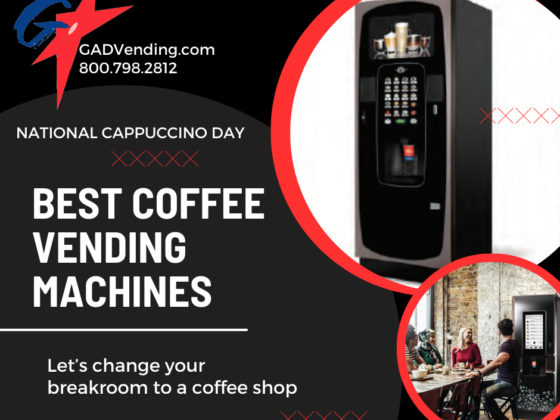Struggling Through the Labor Shortage?
If you think that waiting in line is an unavoidable part of the shopping experience, think again. Your customers disagree, and they aren’t waiting around for you to catch up. According to Fidelity Payment Services, 81% of customers actively avoid stores where they perceive the lines to be too long, and they aren’t afraid to abandon their loyalties and jump ship.
Add a pandemic to an increasingly-impatient consumer base and the message is clear: it’s time to automate. According to Bloomberg, 87% of consumers prefer shopping in stores with touchless or robust self-checkout options, and with COVID-19 still impacting daily life, there is a strong likelihood that pandemic preferences will become permanent – particularly in favor of technologies that deliver speed, safety, and convenience to consumers.
Self-checkouts don’t just satisfy consumers’ preferences, though. They also have the ability to save companies a lot of money. Here are three ways that self-checkouts benefit your business:
IMPROVE THE SHOPPING EXPERIENCE
Losing Customers Happens Quicker Than You’d Think. Self-Checkouts Will Make Them Stay
Customers won’t hesitate to take their business elsewhere if they are unsatisfied with their shopping experience. A study done by Box Technologies and Intel concluded that 41% of customers are willing to abandon their purchase if they have to wait in a long queue.
In A.T. Kearney’s 2019 Consumer Retail Technology Survey, 72% of respondents expressed a strong desire for technology that helps to reduce their time spent checking out, well above the 31% that coveted a feature that allows them to customize products. This means that if you have to choose between improving the shopping experience and new product development, customers may prefer that you prioritize the former over the latter.
LOWER CASH-HANDLING COSTS
You Can Cut the Costs of Handling Cash with Self-Checkouts
There are hidden costs involved in handling cash: opening and closing the cash drawer, counting and providing change, and reconciling the cash drawer at the end of every shift. You also have to physically make deposits or arrange for someone else to make them, which can be a time-consuming and/or expensive process.
According to IHL Consulting, ⅔ of the costs of handling cash are the labor involved in manual cash drawer processing. IHL Consulting also found that the average cost of cash in the convenience segment is 8.3%, considerably higher than credit card processing fees, which are generally around 2% of each purchase.
While you do need to make an up-front investment to switch to self-checkouts, the increase in your margins allows you to quickly see a quantifiable benefit.

LESS CASHIERS, MORE HELP
Self-Checkouts Allow You to Redeploy Your Staff to Other Activities
With self-checkouts, you still need cashiers – you just don’t need as many of them. Instead of placing a cashier at every register, you may only need one employee to monitor 6-10 self-service machines.
However, the benefit to deploying labor beyond the checkout line lies not just in the efficiency to your business, but in the benefit to your customers – who will likely spend more and return more often to a store that delivers an excellent experience. A recent study by Mindtree demonstrated “that sales associates play a pivotal role in the consumer purchase journey.” In fact, shoppers who interact with a sales associate are 43% more likely to purchase a product, and their transactions have 81% more value. Imagine the boost to your business when valuable associates are able to concentrate on servicing customers rather than accepting payments.
You may still want to offer a traditional checkout experience at a few registers to accommodate customers who are unwilling or unable to use self-checkout machines, but in time, you can likely drive the majority of your customers to a self-checkout experience.

Self-Checkouts Provide a Strong Return on Investment (ROI)
Since the onset of the pandemic, customers have increasingly grown to expect convenience in every area of their lives. And many companies have provided it for them: according to a McKinsey survey, companies experienced 3-7 years of digital transformation over the first few months of the pandemic. Through digitization, you can build more convenience into your customer experience, potentially increasing your retention rates.
With self-checkouts proving to be beneficial for both businesses and consumers, they are likely to proliferate in the coming years. By adopting self-checkouts sooner rather than later, you can get a jump on your competitors, building up your brand in the eyes of your customers.




